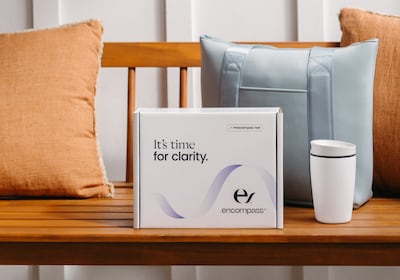The timing of the news could not have been worse. In January, just a few days before the health care industry was set to meet at the JP Morgan Healthcare Conference in San Francisco, renal denervation – one of the highest profile sectors in medtech – imploded on news that Medtronic PLC’s Symplicity hypertension device didn’t perform well in clinical studies. The news was a kick in the face to an investment sector already on its hands and knees. (See Also see "SYMPLICITY Results Make Life Difficult For Renal Denervation Programs" - In Vivo, 24 January, 2014..) Dissemination of the disappointing trial results happened to coincide with the meteoric post-IPO performance of Intercept Pharmaceuticals Inc., yet another success story that just highlighted the differences between the medtech and biopharmaceutical sectors.
Where did things go so wrong? Clearly, the Symplicity trial results are something future device VCs and executives will see as an unfortunate mile marker in the device sector’s long journey. After all, Medtronic paid $800 million up front for the technology when it acquired start-up Ardian Inc. in 2010. [See Deal] That payout had been held up as an example of value creation for medtech investors during the dark days but might now be seen as a lesson in not overpaying for an asset. Things had already begun to go south for the sector years earlier. The now defunct interventional pulmonology company Emphasys crash landed at an FDA panel that voted down approval of its pulmonary device, instilling fear in investors and executives that the FDA couldn’t be trusted
Read the full article – start your free trial today!
Join thousands of industry professionals who rely on Medtech Insight for daily insights
- Start your 7-day free trial
- Explore trusted news, analysis, and insights
- Access comprehensive global coverage
- Enjoy instant access – no credit card required
Already a subscriber?






